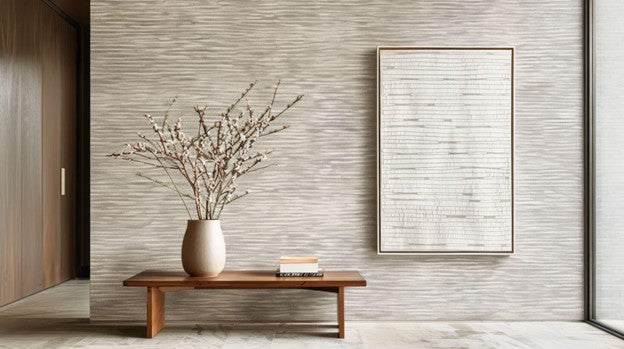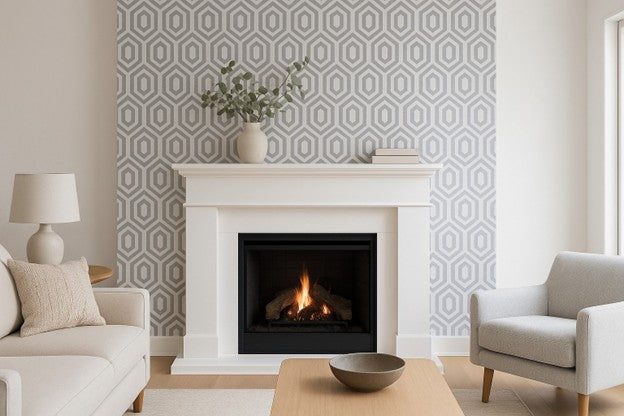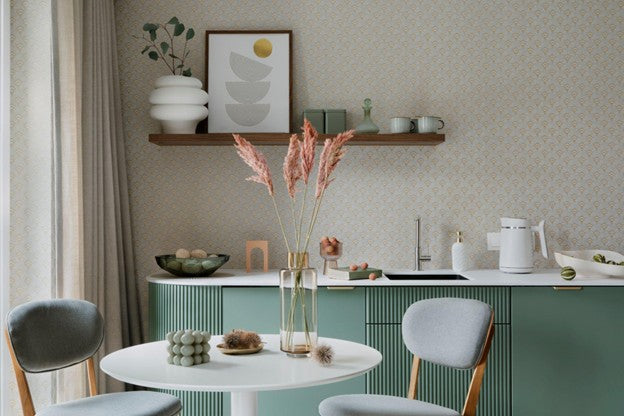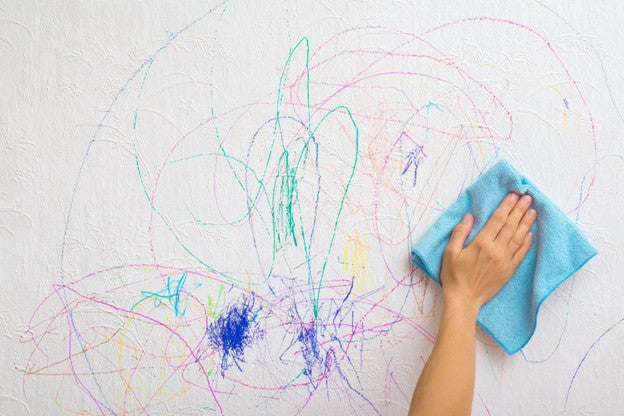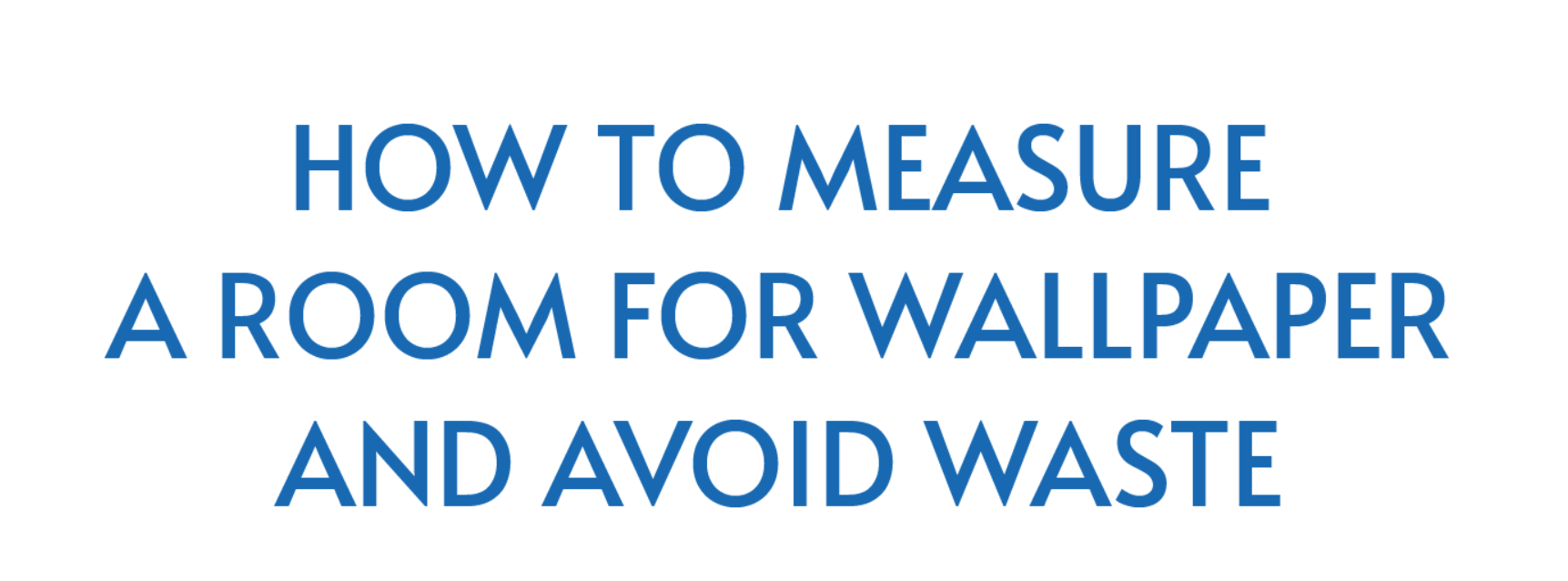When it comes to designing spaces that see constant activity—think busy family kitchens, hotel corridors, office lobbies, or hospital hallways—it’s important to realize that these walls take a daily beating. Scuffs, scrapes, splashes, and stains are inevitable, and paint often doesn’t hold up to the test. That’s why it’s important to use specialized wallpaper in these spaces.
Today’s high-performance wallcoverings are engineered not only to be durable, but also beautiful, making them a top choice for high-traffic areas in various residential, commercial, and institutional settings.
Below, we’ll explore the best heavy-duty wallpaper options for demanding environments and explain how to choose the right products—including adhesives and primers—to ensure they last.
What Qualifies as a High-Traffic Area?
Whether you're a homeowner with kids and pets or a commercial property manager overseeing a busy healthcare facility, certain areas are simply prone to more wear and tear.
These are the places where walls are bumped by furniture, touched by hands, scraped by carts, or cleaned repeatedly with harsh chemicals. High-traffic areas can include:
● Residential – entryways, hallways, kitchens, and mudrooms
● Commercial – lobbies, offices, elevators, and retail spaces
● Institutional – school corridors, waiting rooms, and restrooms
● Healthcare – hospital patient rooms, corridors, and exam areas
In these spaces, durability is essential—but so is cleanability, moisture resistance, and aesthetic flexibility. The right high-traffic wall covering will resist stains, scuffs, and mold while maintaining its appearance over time.
Understanding how to protect walls in high-traffic areas starts with selecting materials specifically designed for the job. That means choosing not just any wallpaper, but high-performance wallcoverings backed by the right wallpaper primer and adhesive.

Understanding Wallcovering Types: CCC-W-408D Standards
In commercial and institutional settings, wallcoverings are classified using the Federal Specification CCC-W-408D, which establishes minimum performance standards for high-traffic wallcovering materials.
This federal guideline ensures that wallcoverings can resist wear and tear, mold, stains, and frequent cleaning—critical requirements in hospitals, schools, and hospitality spaces.
Under CCC-W-408D, wallcoverings are divided into three categories:
● Type I (Light Duty) – Generally weighing 12–19 oz. per linear yard, these are suitable for low-traffic areas such as hotel rooms, private offices, or residential bedrooms.
● Type II (Medium/Heavy Duty) – Weighing 20–28 oz., this is the most common classification used in commercial environments. Ideal for corridors, public restrooms, classrooms, and waiting areas.
● Type III (Heavy Duty) – At 33–36 oz. per yard, these wallcoverings are designed for the most rugged conditions—hospital service corridors, back-of-house in restaurants, or any location subject to regular impact or abrasion.
These classifications stem from decades of research and testing, including evaluations conducted by the National Bureau of Standards for the military. They provide a reliable framework for selecting high-performance wallcoverings that are built to last.
What Are Contract Wallcoverings?
Contract wallcoverings are specifically engineered for use in commercial environments such as hotels, offices, apartment buildings, hospitals, schools, and retail spaces.
These products are manufactured to meet or exceed the physical and performance requirements outlined in CCC-W-408D. Their ability to withstand heavy traffic and maintenance makes them a leading choice for high-traffic areas.
These wallcoverings come in several durable constructions, each suited to specific installation needs:
● Vinyl-Coated Paper – A paper substrate with a sprayed or coated acrylic/PVC decorative surface.
● Paper-Backed Vinyl (Solid Sheet Vinyl) – A paper (pulp) substrate laminated to a solid vinyl surface. Highly durable, scrubbable and peelable, ideal for medium-duty use.
● Fabric-Backed Vinyl – A woven or nonwoven fabric base laminated to a solid vinyl surface. Provides exceptional tear strength and stability.
When paired with the right wallpaper adhesive and primer, contract wallcoverings offer a proven solution that delivers both long-term durability and design flexibility.

Best Wallcovering Materials for High-Traffic Use
Not all wallpapers are alike. For areas that endure frequent contact or cleaning, you’ll want materials that are not only tough, but also easy to maintain and install. Below are the most recommended wallpaper for high-traffic areas, listed in ascending order by their level of durability.
Vinyl-Coated and Fabric-Backed Vinyl Wallcoverings
These are the industry standard for durability. Vinyl-coated paper is a cost-effective option for moderate traffic, while paper-backed vinyl and fabric-backed vinyl offer superior strength. Fabric backing increases tear resistance and dimensional stability, so it’s a good pick for commercial interiors.
54-Inch Commercial Vinyl
This heavy-duty wallpaper is wider than typical rolls, resulting in fewer seams and faster installation. Its thick, washable surface stands up to scrubbing, chemicals, and physical impact. Usually classified as a Type II or Type III wallcovering, it’s frequently used in healthcare, hospitality, and educational spaces.
Pair it with a strong wallpaper adhesive such as PRO-880 Ultra Clear or PRO-774 Clay Strippable for lasting results.
Wall Protection Systems (P3TEC, Ricochet®, Rampart®)
These hybrid systems install like wallpaper but deliver the protection of architectural wall panels. Easy to clean, they’re excellent choices for facilities that require both impact resistance (from runaway carts and other hazards), chemical resistance, and a polished finish.
Use with PRO-935 R-35 Adhesion Promoting Primer and PRO-555 Extreme Tack adhesive to ensure secure installation on properly prepped surfaces.
FRP and Rigid Sheet Panels
For utility areas, kitchens, and restrooms, fiberglass-reinforced plastic (FRP) panels offer unmatched moisture and impact resistance. These lightweight panels are ideal for settings where hygiene and durability are vital.
Use PRO-510 Flex or PRO-515 Ultra for secure bonding to wall surfaces.
DuPont™ Tedlar® Wallcoverings
At the top of the performance ladder, Tedlar® uses polyvinyl fluoride film (PVF) technology to create extremely durable wallcoverings that are resistant to stains, harsh cleaners, bacteria, and scratches. It’s fire-safe, easy to clean, and available in a wide range of designer finishes.
Tedlar® is the go-to for upscale hospitality interiors—where looks matter just as much as longevity.

The Role of Adhesives and Primers in High-Performance Installations
Even the most durable wallpaper for high-traffic areas won’t hold up if it’s installed with the wrong materials. That’s especially true in demanding environments exposed to moisture, cleaning agents, or frequent contact.
Surface Prep with Primers
Preparing the wall surface with the right primer for wallpaper ensures proper bonding and reduces the risk of mold, mildew, or adhesive failure:
● PRO-977 Ultra Prime Pigmented Wallcovering Primer– Ideal for sealing damaged or porous drywall, Rx-35 improves surface integrity and creates a uniform foundation for wallpaper application.
● PRO-935 R-35 Adhesion Promoting Primer – Specially formulated to enhance adhesion on slick or low-porosity surfaces. Recommended for installing advanced wall protection systems like Ricochet® or Rampart®.
Adhesives for Every Use
Choosing the appropriate adhesive for wallpaper ensures lasting performance and minimizes issues like peeling or bubbling:
● PRO-880 Ultra Clear – A high-tack, strippable adhesive ideal for vinyl and non-woven wallpapers in commercial environments.
● PRO-774 Clay Strippable – Recommended for fabric-backed vinyls and other heavy-duty wallcoverings. Offers strong initial tack with clean removability.
● PRO-555 Extreme Tack – Provides a strong bond for difficult-to-hang materials or vinyl products.
● PRO-510 Flex and PRO-515 Ultra – Engineered for bonding semi-flexible and rigid sheet goods such as FRP panels. Both adhesives offer excellent moisture resistance for wet areas.
Using the right combination of primer and adhesive can extend the life of the wallcovering even in the busiest environments.
Design Meets Durability
Gone are the days when durability came at the cost of aesthetics. Today’s high-performance wallcoverings come in an impressive array of textures, colors, and patterns—from textile-like finishes and abstract geometrics to stone and woodgrain effects.
Materials like DuPont™ Tedlar® and wall protection systems such as P3TEC prove that you don’t have to sacrifice design for resilience.
For interior designers and homeowners, this opens the door to wallpaper that is both durable and beautiful. In settings like healthcare facilities, where hygiene is essential, or boutique hotels, where design excellence is the main priority, wallcoverings can now deliver on both fronts.
Whether you're styling a pediatric wing, a restaurant restroom, or a residential mudroom, there’s a heavy-duty wallpaper designed to enhance the appeal of the space while withstanding the daily grind.

Trust ROMAN Products for Your Wallpaper Installation Needs
Reliable wallpaper primers and adhesives, like those offered by ROMAN, are important in ensuring your investment stands up to the demands of daily life.
Whether you're a homeowner renovating a mudroom or a commercial designer specifying finishes for a healthcare corridor, be sure to choose products that balance beauty and resilience.
For professional-grade results, explore ROMAN’s trusted line of primers and adhesives—designed to support even the most demanding high-traffic wallcovering applications.
Recent Posts
-
How to Use Wallpaper to Create a Faux Brick Effect
read more >> -
Wallpapering Inside Closets & Pantries: A Fun Surprise Element
read more >> -
How to Install Wallpaper on a Fireplace Surround for a Bold Touch
read more >> -
How to Wallpaper a Kitchen Backsplash (and Waterproof It)
read more >> -
How to Remove Stains From Wallpaper Without Ruining It
read more >> -
How to Measure a Room for Wallpaper and Avoid Waste
read more >>

